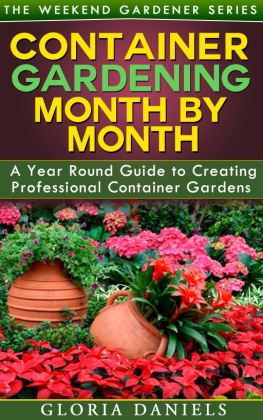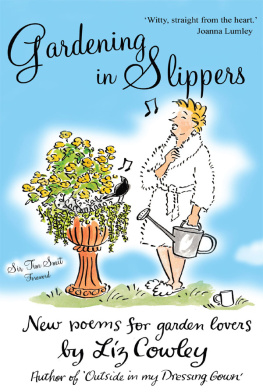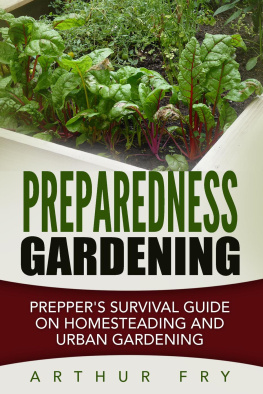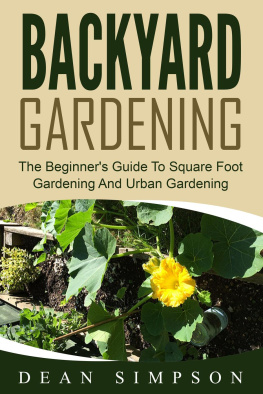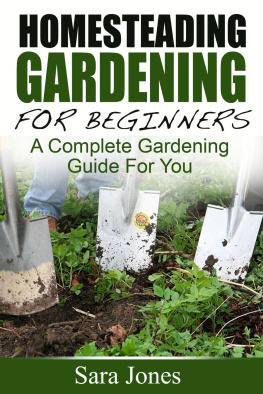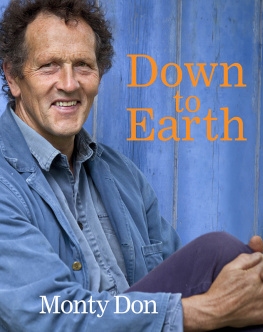introduction
edmond jabs has commented how we always start out from a written text and come back to the text to bewritten, from the sea to the sea, from the page to the page.
For Rosmarie Waldrop, writing corresponds to a lens, a frame wide enoughfor conjunctions and connotations. And the music of words, with its constantvanishing, to fill in the distance.
Throughout Waldrops connected careers as poet, translator, and publisher,the world is established, tentatively, via a constant negotiation between languages,texts, cultures, histories, between forms and grammars, between familiarity andstrangeness, self and other, word and silence, just as, also, it is a negotiation ofthose more knotty fissures between home and refuge, life and writing, matter andtranscendence, tradition and innovation. Waldrops is a poetry of betweens, ofcrossings, of differences and relations. Metonymy takes precedence over metaphor;differences become contiguous rather than equivalent. I enter at a skewed angle,Waldrop writes in the notebook, The Ground is the Only Figure, through thefissures, the slight difference.
Born in Germany in 1935, but resident in the United States since 1958,Waldrop is both an American poet with a continental European accent, and a Europeanpoet whose foreignness is one of her principally American characteristics. It isalso for this reason that it is difficult to know quite where to place Waldrop: herwork shares and develops many of the concerns of the postsecond World War Americanavant-garde but at the same time it does not quite fit neatly into any of thecritical molds or theoretical pronouncements of American experimental poetics.Similarly, Waldrop is closely connected to innovative poetries in French and German,but she comes at them, despite her own German roots, at a cultural and linguisticremove. Perhaps it is no surprise, then, that, situated somewhere between Americaand Europe, one of the central axioms around which Waldrops poetry turns is thevery personal sense that language, the world, can be experienced only as gap oraperture, the stutter of syntax.
In her early poetry Waldrop was interested in exploring the tensionbetween word, line, and silence by complicating the distinction between subject andobject. I propose a pattern in which subject and object function are not fixed, buttemporary, reversible, where there is no hierarchy of main and subordinate clauses,but a fluid and constant alternation, Waldrop wrote.
The poetic sequence becomes the model poetic form. It allows an extendedproject, commentary, or exposition but it does so without making universal gestures.The episodic quality of the sequence enables disjuncture to become a central part ofboth the poems form and content. Order is everything. Gesture is a fragile art madeof many pieces, the majority of which go unnoticed; it is what Stefan Brecht, inanother context, has called a non-verbal, arational communication, an interlinearinterchange.
For Waldrop it is the clash of singular, and singularly imperfect, edgesthat figures the world, in the kind of jarring that exposes loose ends, that gardensthe gaps. First and foremost it is a question of finding a form that projectsoutward, that layers and lays down a topography manifold and open on all sides. Itmeans establishing a poetic method aimed at the adjacent rather than the equivalent.It means finding a way to show, in language, in form, how one perception followsanother perception but also how they are not the same and that there is no necessarycorrespondence, causal or otherwise, between the two. It means not growing inward,deeper, by finding more to say about the same thing, metaphors for it, symbols,analogies, Waldrop writes, but instead turning to the adjoining thing, contiguity,further perceptions;
The poems in this book span five decades, including poems from each of theeighteen collections Waldrop has published since 1972. They are presented here inchronological order. In interview, Waldrop has commented how continuities, smoothtransitions, tend to be false. The sense that one thing follows on from another isbluff, an illusion of order. There is always, she says, the feeling that I neverhave enough information. The process is not so much telling as questioning. Thisimplies interruption. And in the gaps we might get hints of much that has to be leftunsaid but should be thought about.
nikolai duffy
EdmondJabs, The Book of Margins, trans. Rosmarie Waldrop (Chicago andLondon: The University of Chicago Press, 1993) 40; quoted in LavishAbsence, 109.
VincentCornu, In the Thick of Things (Lewes: Sylph Editions, 2009),32.
RosmarieWaldrop, The Ground is the Only Figure, Dissonance (if you areinterested) (Tuscaloosa: The University of Alabama Press, 2005),219.
RosmarieWaldrop, Alarms and Excursions, The Politics of Poetic Form: Poetryand Public Policy, ed. Charles Bernstein (New York: Roof Books,1990), 46.
Waldrop,The Ground is the Only Figure, 232.
Ibid.,223.
Pam Rehm,quoted by Waldrop in The Ground is the Only Figure, 242.
Waldrop,Thinking of Follows, 209.
RobMclennan, Twelve or 20 Questions with Rosmarie Waldrop, Rob MclennansBlog, 11 January 2008,http://robmclennan.blogspot.co.uk/2008/01/rosmarie
waldrop-was-born-in-kitzingen.html.
StefanBrecht, The Original Theatre of the City of New York: From the Mid-60sto the Mid-70s, book 1, The Theatre of Visions: RobertWilson (Frankfurt: Suhrkamp Verlag, 1978) 278.
JaredDemick, An Interview with Keith and Rosmarie Waldrop, The JivinLadybug,http://mysite.verizon.net/vze8911e/jivinladybug/id53.html.
Waldrop,Charles Olson: Process and Relationship, Dissonance, 6970[5880].
Waldrop,Form and Discontent, Dissonance, 200.
JoanRetallack, A Conversation with Rosmarie Waldrop, ContemporaryLiterature 40, no.3 (Fall 1999), 341.


